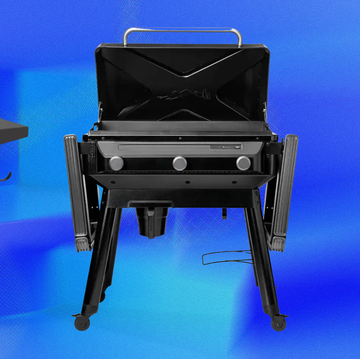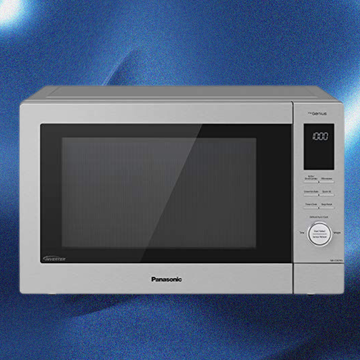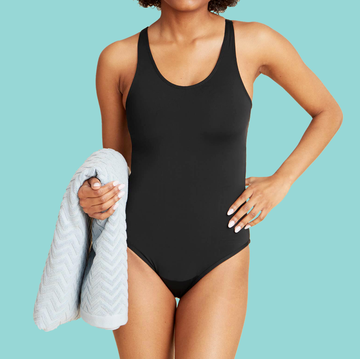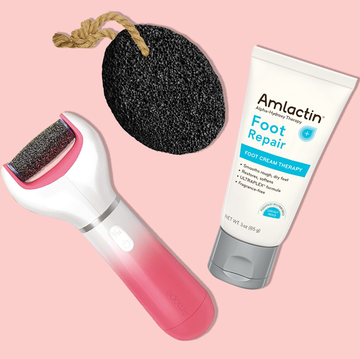The Best Dehumidifiers for Basements, According to Our Testing
Dank air and frigid temperatures are no problem for these tough performers.

We've been independently researching and testing products for over 120 years. If you buy through our links, we may earn a commission. Learn more about our review process.
The basement is the most common — and most challenging — place for a dehumidifier. These underground spaces often harbor excessive moisture, requiring the unit to work overtime to dry the air. Add freezing temperatures found in many unfinished basements and a dehumidifier’s mechanics can take a real hit. It’s no surprise that when homeowners report their dehumidifier breaking down prematurely, nine times out of ten, it was working hard in the basement.
Our experts in the Good Housekeeping Institute keep this reality top of mind during their continuous testing of dehumidifiers. In recent years, we’ve evaluated more than a dozen models in the Home Improvement & Outdoor Lab, as well in the homes of expert testers, where we evaluate their performance in real-world conditions.
For this report, we pulled together models that not only draw moisture from humid indoor air quickly and efficiently but also maintain consistent performance through the harsh conditions posed by basements. It’s the rare case in our product reviews where being a cellar dweller is a good thing!
Having written thousands of product reviews and how-to articles on all aspects of home ownership, from routine maintenance to major renovations, Dan (he/him) brings more than 20 years of industry experience to his role as the director of the Home Improvement & Outdoor Lab at the Good Housekeeping Institute. A one-time roofer and a serial remodeler, Dan can often be found keeping house at his restored Brooklyn brownstone, where he lives with his wife and kids.
As a data engineer in the Good Housekeeping Institute, Nik (he/him) works with all of our Labs to develop testing protocols and manage data collection and analysis. Before joining Good Housekeeping in 2022, Nik worked in the labs of MIT and Regeneron, working on projects ranging from chemical inventory and reporting to the development of bioassays. He holds a degree in chemical engineering from Northeastern University.


The 15 Best Natural and Organic Sunscreens

The Best Mosquito Repellents
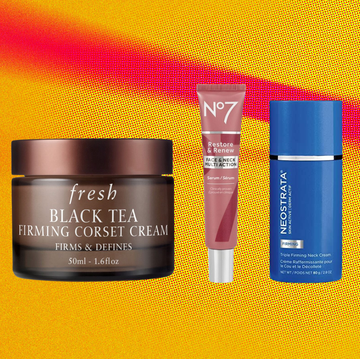
The Best Neck Firming Creams
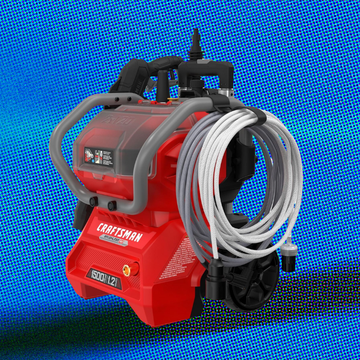
The Best Pressure Washers















